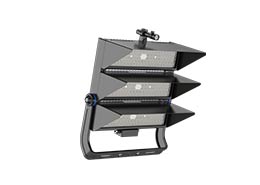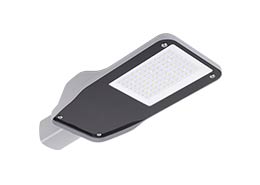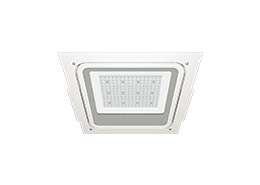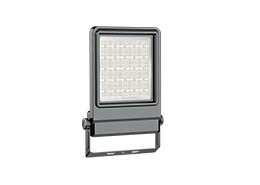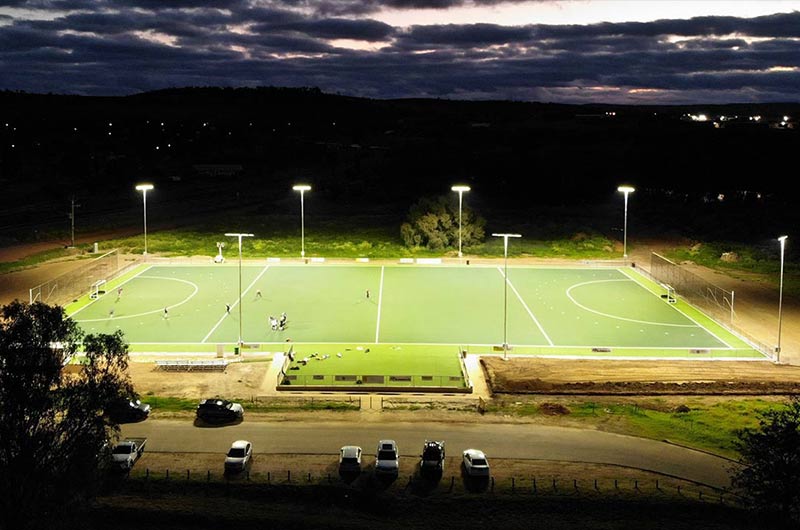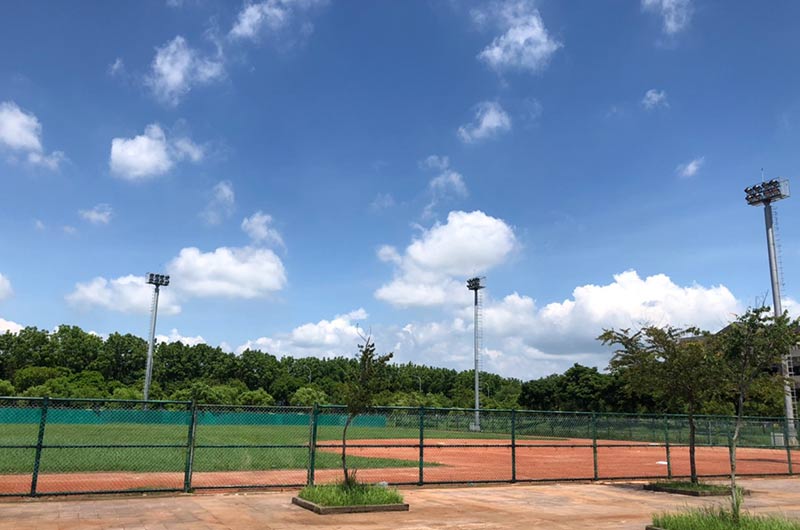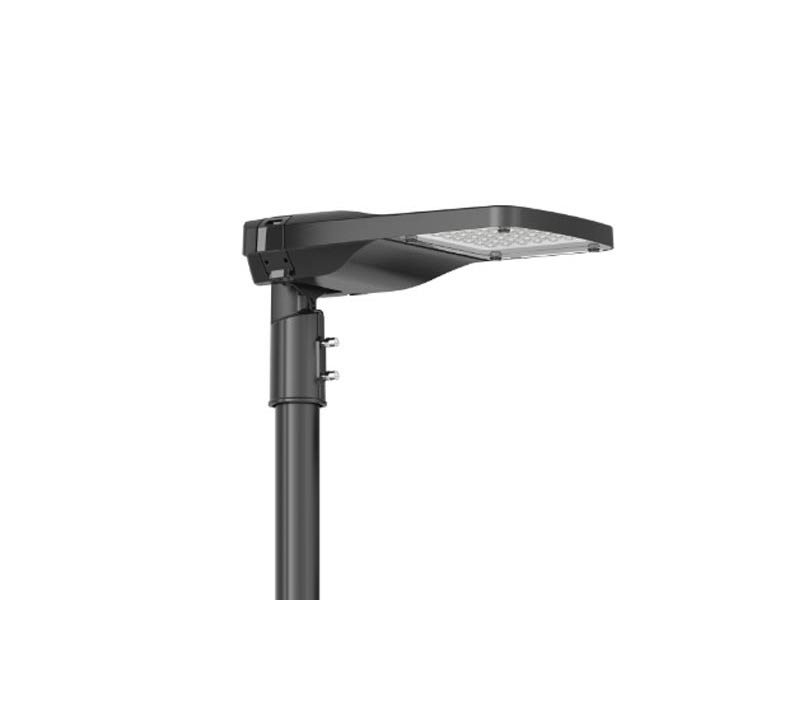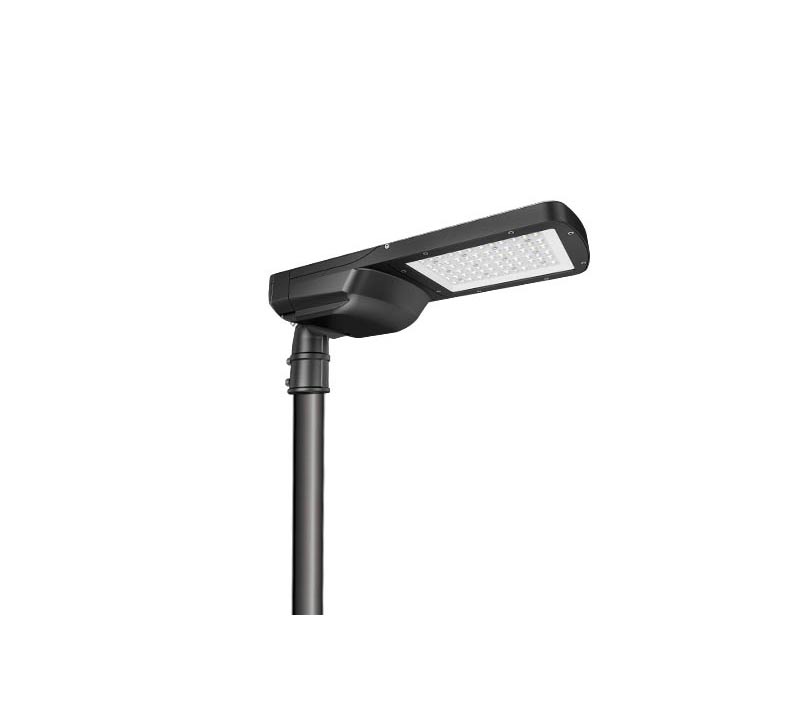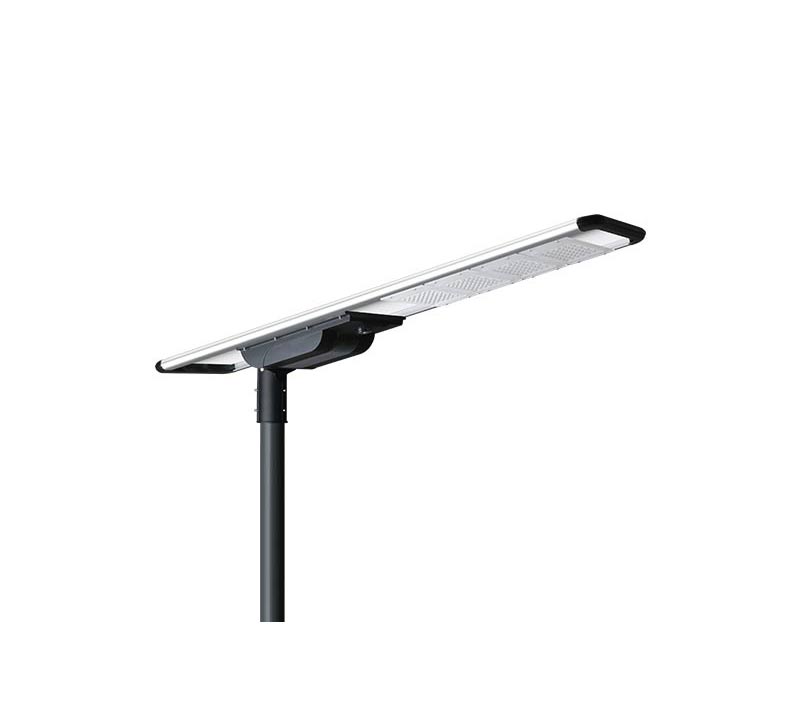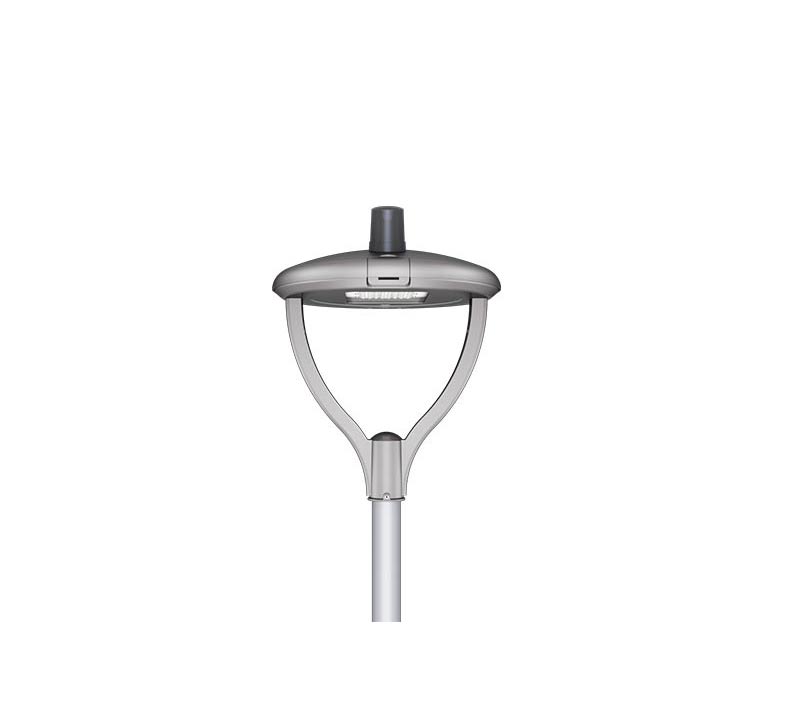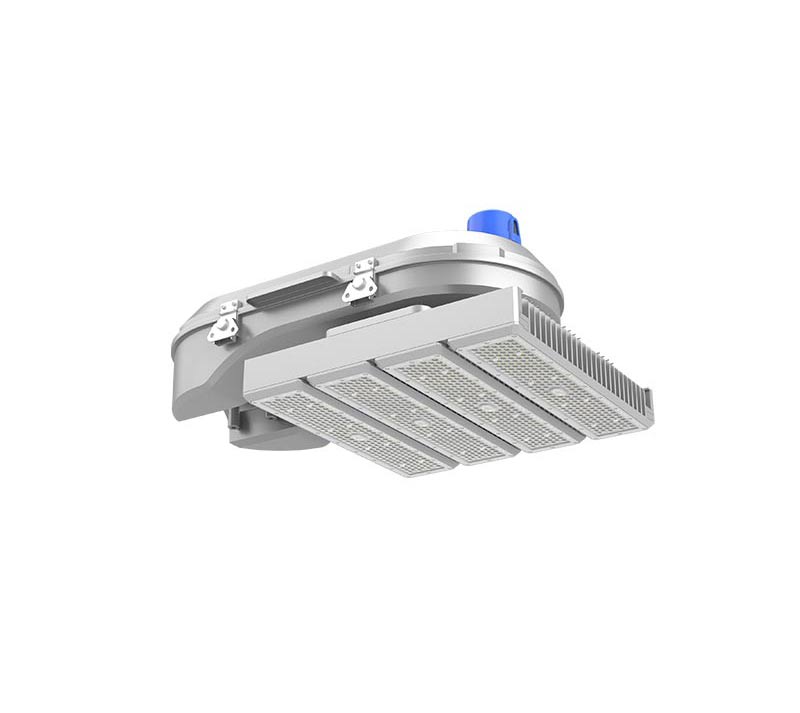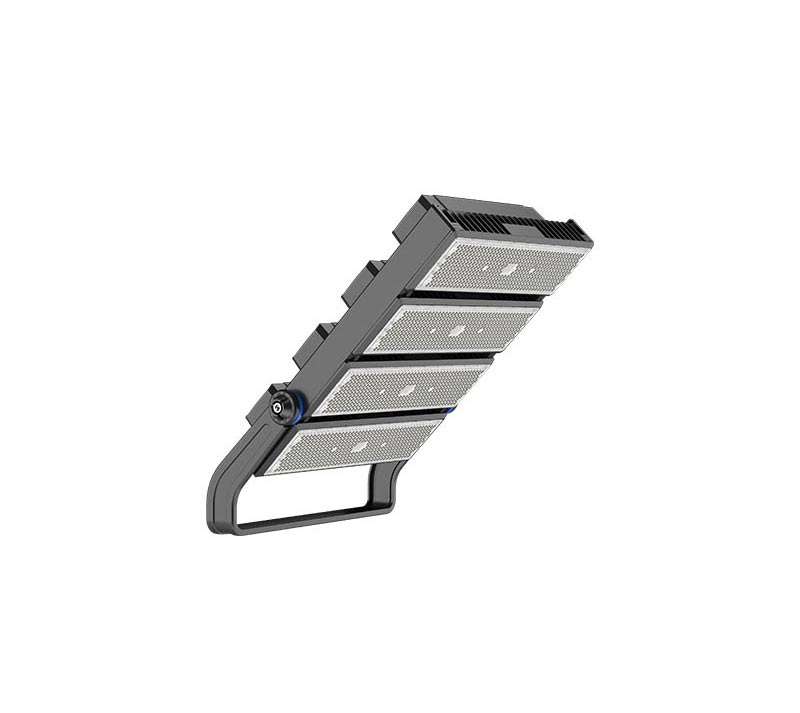How long do LED fixtures really last?
By Alice
Published On: October 6, 2024
Table of Contents
LED lamps have received widespread attention and application due to their long lifespan. However, how long can LED lamps last? This is a question that needs to be answered through scientific testing methods and standardized reports. In the modern lighting industry, the lifespan of LED lamps is mainly evaluated through three key reports: LM-80, TM-21, and LxxByy. These reports provide the LED chip lumen maintenance rate, lifespan prediction, and lifespan data in bidding requirements.
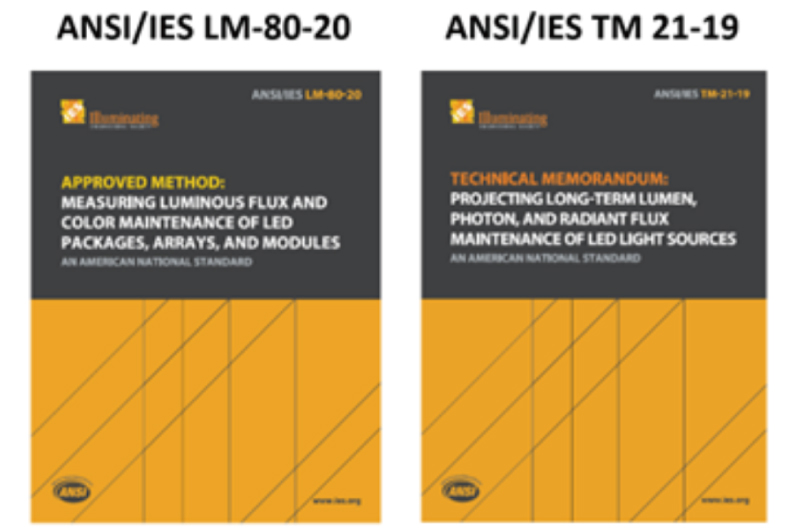
1. LM-80 Report: LED Lumen Maintenance Test
LM-80 is a standard developed by the Illuminating Engineering Society (IES) and is mainly used to test the lumen maintenance of LED packages, modules or arrays. The main purpose of LM-80 is to provide the lumen decay data of LED chips at different temperatures and currents, providing basic information for the life prediction of LED products. This report is usually used for energy efficiency certification, such as ENERGY STAR and DLC certification in the North American market.
1.1 Test method:
1. Test conditions: The LM-80 test needs to be carried out at at least three different temperatures (usually 55°C, 85°C, and a manufacturer-selected temperature, such as 105°C), while maintaining a certain LED drive current.
2. Test duration: The test lasts at least 6,000 hours, and data is recorded every 1,000 hours. For more accurate predictions, it is recommended to extend to 10,000 hours.
3. Lumen maintenance rate: The test results show a curve of lumen decay over time, indicating the lumen maintenance of the LED light source at different time points.
2.1 Test report content:
1. Lumen decay curve: The lumen decay trend under each temperature condition shows the change in lumen.
2. Color difference data: The color difference of LED at 6000 hours and 0 hours is used to evaluate the color drift.
3. Qualification standard: The number of samples, color difference, attenuation rate and other indicators must meet the certification requirements.

Through the LM-80 test report, manufacturers can provide the lumen maintenance data of LED packages under different conditions, but this does not mean that the life of LED lamps can be directly predicted. Therefore, the industry introduced the TM-21 standard to perform life extrapolation based on LM-80 data.
2.TM-21 Report: LED Lamp Life Prediction
TM-21 is an LED life prediction standard based on LM-80 data, published by IES in 2011. Its main purpose is to estimate the life of an LED light source or an overall lamp by extrapolating the LM-80 light decay data. TM-21 plays a key role in the evaluation of LED package and module life, especially when long-term prediction of LED lamp life is required.
2.1 Test method:
1. Data source: TM-21 uses the lumen maintenance data in the LM-80 test results to extrapolate through a mathematical model to predict the light decay trend of an LED light source under specific conditions.
Data processing: TM-21 normalizes the luminous flux at each temperature and current, sets the initial luminous flux to 1 (100%), and calculates the average value of each test point.
Sample number: The recommended sample number is 20. The larger the sample number, the higher the prediction accuracy.
Extrapolation method: If the test time provided by LM-80 is 6,000 hours, TM-21 can extrapolate it to 6 times the test time, that is, 36,000 hours. If the test duration is 10,000 hours, the extrapolation can reach 60,000 hours.
Report content:
Life extrapolation results: For example, L70 life (the time point when the luminous flux decreases to 70% of the initial value) is a common life indicator.
Temperature impact analysis: According to the actual operating temperature of the LED lamp, the Arrhenius equation is used to adjust the light decay curve at different temperatures.
Applicable market: TM-21 is widely used in the global market, especially in North America, Europe and Asia-Pacific, and has become an important document in bidding for various projects.
3. LxxByy report
In addition to LM-80 and TM-21, another common LED life evaluation method is LxxByy. This report is mainly used to describe the specific proportion of luminous flux attenuation. It is often used to show the performance of LED lamps after a specific time, usually expressed as “LxxByy @ zz,000 hours”.
3.1 Definition of LxxByy:
1. Lxx: refers to the time when the LED luminous flux is maintained at xx% of the initial value. For example, L70 means the time when the luminous flux is maintained at 70%.
2. Byy: Indicates that yy% of the LEDs in the LED lamps fail to reach the Lxx maintenance rate. For example, B10 means that 10% of the LED light sources fail to reach 70% of the luminous flux maintenance rate.
3. Time range: LxxByy is usually combined with a specific time (such as 50,000 hours or 100,000 hours) to show the light decay performance of LED light sources after long-term use.
3.2 Report content:
1. Life data: LxxByy reports usually show the luminous flux maintenance of LED lamps after a specific period of time, helping customers to have an intuitive understanding of LED life when bidding for projects.
2. Application scenarios: LxxByy has become a standardized evaluation method in many international biddings, especially for large projects such as urban lighting, stadium lighting and industrial lighting.
The LxxByy report supplements the gaps in LM-80 and TM-21 in the evaluation of LED lamp life, helping projects to better demonstrate the maintenance of the light flux of lamps in long-term use.
4. Conclusion
The life evaluation of LED lamps is based on three reports: LM-80, TM-21 and LxxByy. LM-80 provides basic data for LED lamps through long-term lumen maintenance rate testing, TM-21 extrapolates LM-80 data to obtain more reliable life predictions, and the LxxByy report helps customers clearly understand the lumen maintenance level of LED lamps. Through these three reports, the life evaluation of LED lamps has become more scientific and predictable, helping manufacturers and customers better understand product performance and improve market competitiveness.
Author

Alice
Lighting Specialist
As a sales engineer at MK Lighting, I have been in the LED lights industry for more than 13 years. Good at lighting design, light system configuration, and bidding technology support. Feel free to contact us. I’m happy to provide you with the best service and products.
Related Products
How Can We Help You?

